-
Solutions
Home Decor
Collectibles
Image Tools
Other industries
- Platform
- How it works
- Company
- Pricing
Home Decor
Collectibles
Image Tools
Other industries
With image regression, you can assess the quality of samples, grade collectible items or rate & rank real estate photos.

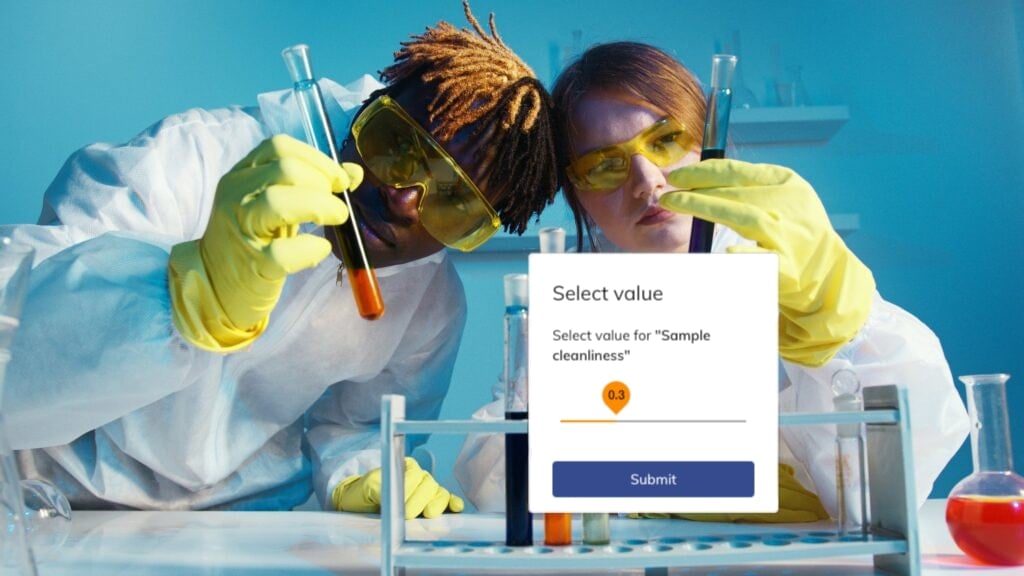
We are excited to introduce the latest addition to Ximilar’s Computer Vision Platform. Our platform is a great tool for building image classification systems, and now it also includes image regression models. They enable you to extract values from images with accuracy and efficiency and save your labor costs.
Let’s take a look at what image regression is and how it works, including examples of the most common applications. More importantly, I will tell you how you can train your own regression system on a no-code computer vision platform. As more and more customers seek to extract information from pictures, this new feature is sure to provide Ximilar’s customers with the tools they need to stay ahead of the curve in today’s highly competitive AI-driven market.
Image recognition models are ideal for the recognition of images or objects in them, their categorization and tagging (labelling). Let’s say you want to recognize different types of car tyres or their patterns. In this case, categorization and tagging models would be suitable for assigning discrete features to images. However, if you want to predict any continuous value from a certain range, such as the level of tyre wear, image regression is the preferred approach.
Image regression is an advanced machine-learning technique that can predict continuous values within a specific range. Whenever you need to rate or evaluate a collection of images, an image regression system can be incredibly useful.
For instance, you can define a range of values, such as 0 to 5, where 0 is the worst and 5 is the best, and train an image regression task to predict the appropriate rating for given products. Such predictive systems are ideal for assigning values to several specific features within images. In this case, the system would provide you with highly accurate insights into the wear and tear of a particular tyre.
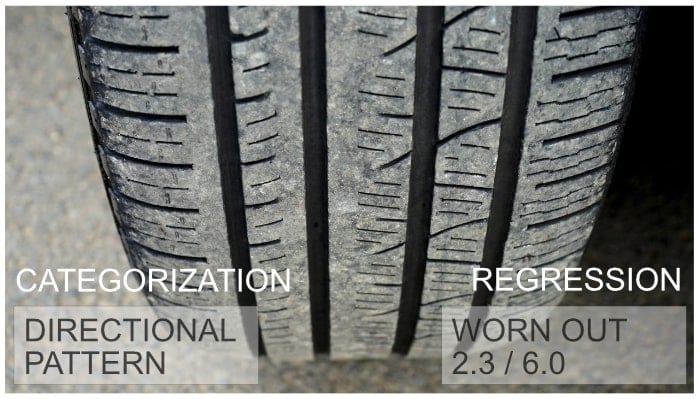
Simply log in to Ximilar App and go to Categorization & Tagging. Upload your training pictures and under Tasks, click on Create a new task and create a Regression task.
You can train regression tasks and test them via the same front end or with API. You can develop an AI prediction task for your photos with just a few clicks, without any coding or any knowledge of machine learning.
This way, you can create an automatic grading system able to analyze an image and provide a numerical output in the defined range.
Both image recognition and image regression methods fall under the image classification techniques. That is why the whole process of working with regression is very similar to categorization & tagging models.
Both technologies can work with the same datasets (training images), and inputs of various image sizes and types. In both cases, you can simply upload your data set to the platform, and after creating a task, label the pictures with appropriate continuous values, and then click on the Train button.
Apart from a machine learning platform, we offer a number of AI solutions that are field-tested and ready to use. Check out our public demos to see them in action.
If you would like to build your first image classification system on a no-code machine learning platform, I recommend checking out the article How to Build Your Own Image Recognition API. We defined the basic terms in the article How to Train Custom Image Classifier in 5 Minutes. We also made a basic video tutorial:
The most simple technique for predicting float values is linear regression. This can be further extended to polynomial regression. These two statistical techniques are working great on tabular input data. However, when it comes to predicting numbers from images, a more advanced approach is required. That’s where neural networks come in. Mathematically said, neural network “f” can be trained to predict value “y” on picture “x”, or “y = f(x)”.
Neural networks can be thought of as approximations of functions that we aim to identify through the optimization on training data. The most commonly used NNs for image-based predictions are Convolutional Neural Networks (CNNs), visual transformers (VisT), or a combination of both. These powerful tools analyze pictures pixel by pixel, and learn relevant features and patterns that are essential for solving the problem at hand.
CNNs are particularly effective in picture analysis tasks. They are able to detect features at different spatial scales and orientations. Meanwhile, VisTs have been gaining popularity due to their ability to learn visual features without being constrained by spatial invariance. When used together, these techniques can provide a comprehensive approach to image-based predictions. We can use them to extract the most relevant information from images.
Probably the most widely known use case of image regression by the public is age prediction. You can come across them on social media platforms and mobile apps, such as Facebook, Instagram, Snapchat, or Face App. They apply deep learning algorithms to predict a user’s age based on their facial features and other details.
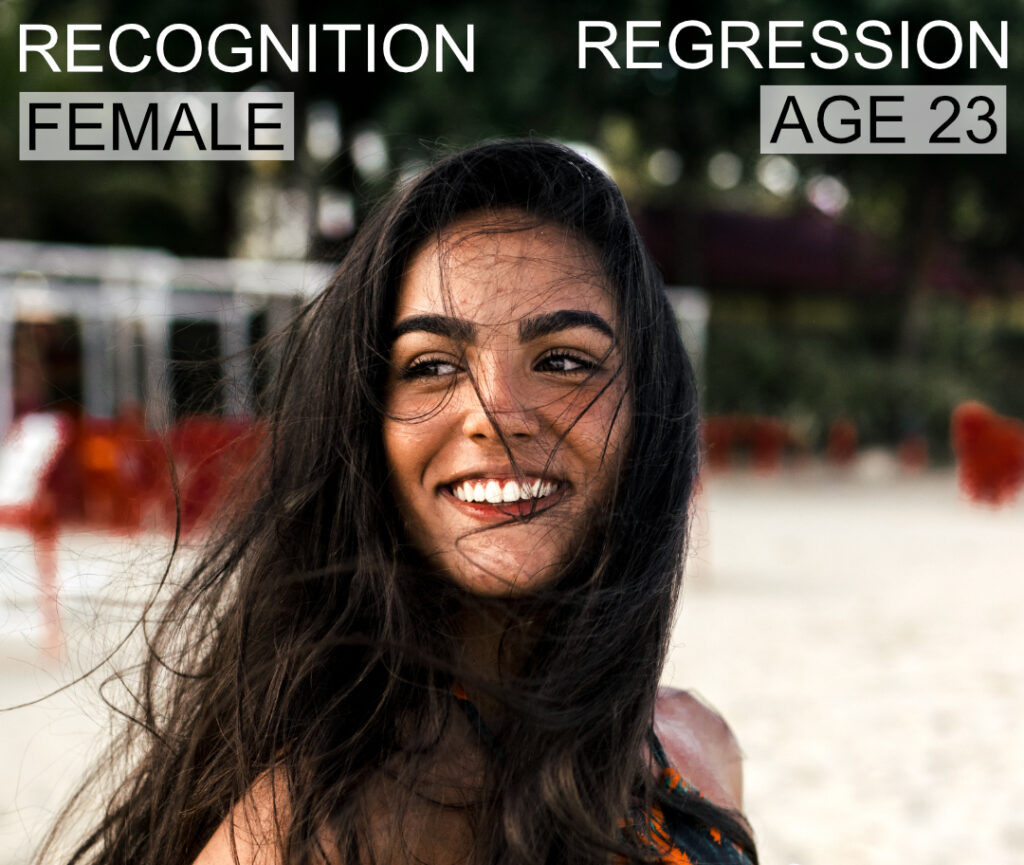
Needless to say, these plugins are not always correct and can sometimes produce biased results. Despite this limitation, various image regression models are gaining popularity on various social sites and in apps.
Ximilar already provides a face-detection solution. Models such as age prediction can be easily trained and deployed on our platform and integrated into your system.
Pictures play an essential part on real estate sites. When people are looking for a new home or investment, they are navigating through the feed mainly by visual features. With image regression, you are able to predict the state, quality, price, and overall rating of real estate from photos. This can help with both searching and evaluating real estate.

Custom recognition models are also great for the recognition & categorization of the features present in real estate photos. For example, you can determine whether a room is furnished, what type of room it is, and categorize the windows and floors based on their design.
Additionally, a regression can determine the quality or state of floors or walls, as well as rank the overall visual aesthetics of households. You can store all of this information in your database. Your users can then use such data to search for real estate that meets specific criteria.

Visual AI is increasingly being used to estimate the condition of products in photos. While recognition systems can detect individual tears and surface defects, regression systems can estimate the overall degree of wear and tear of things.
A good example of an industry that has seen significant adoption of such technology is the insurance industry. For example, startups-like Lemonade Inc, or Root use AI when paying the insurance.
With custom image recognition and regression methods, it is now possible to automate the process of insurance claims. For instance, a visual AI system can indicate the seriousness of damage to cars after accidents or assess the wear and tear of various parts such as suspension, tires, or gearboxes. The same goes with other types of insurance, including households, appliances, or even collectible & antique items.
Our platform is commonly utilized to develop recognition and detection systems for visual quality control & defect detection. Read more in the article Visual AI Takes Quality Control to a New Level.
Apart from car insurance and damage inspection, recognition and regression are great for all types of grading and sorting systems, for instance on price comparators and marketplaces of collectible and antique items. Deep learning is ideal for the automatic visual grading of collector items such as comic books and trading cards.
By leveraging visual AI technology, companies can streamline their processes, reduce manual labor significantly, cut costs, and enhance the accuracy and reliability of their assessments, leading to greater customer satisfaction.
Automatic Recognition of Collectibles
Ximilar built an AI system for the detection, recognition and grading of collectibles. Check it out!
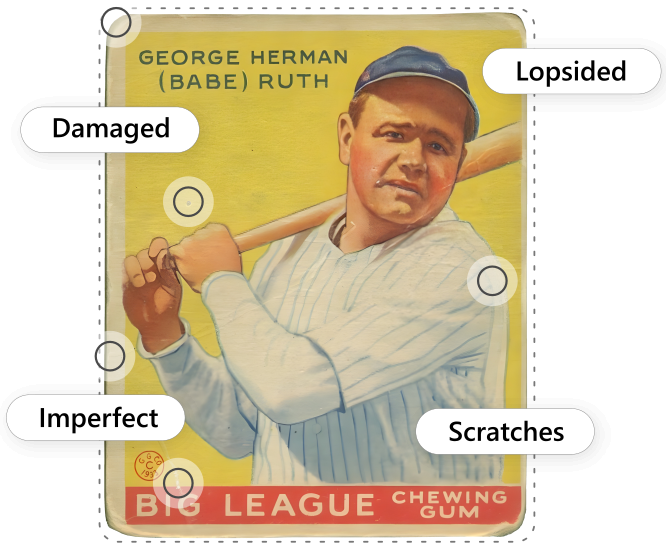
Biotech, Med Tech, and Industry 4.0 also have a lot of applications for regression models. For example, they can estimate the approximate level of fruit & vegetable ripeness or freshness from a simple camera image.
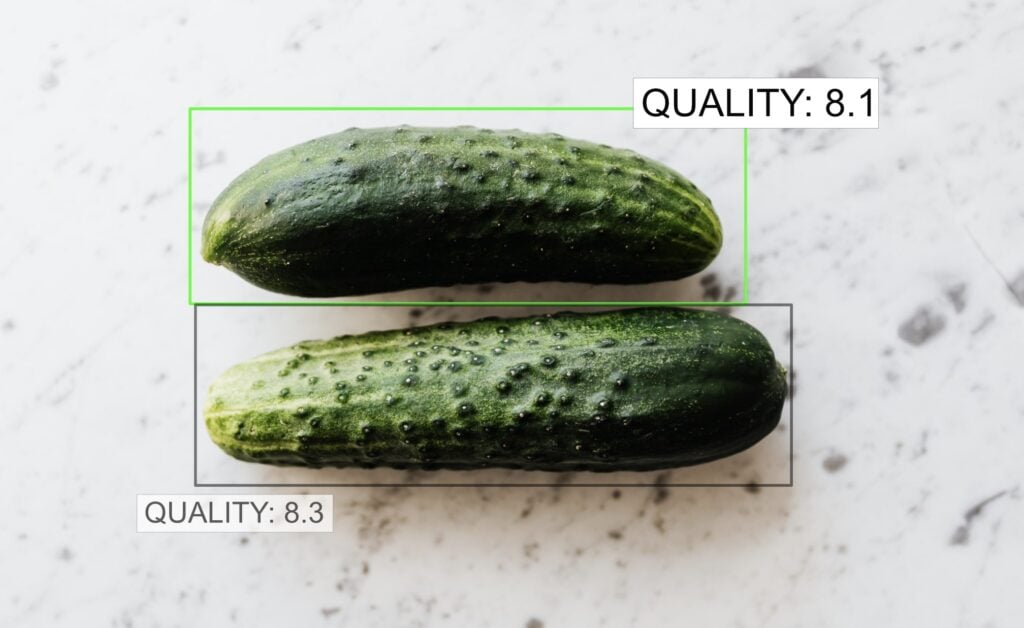
For instance, this Japanese farmer is using deep learning for cucumber quality checks. Looking for quality control or estimation of size and other parameters of olives, fruits, or meat? You can easily create a system tailored to these use cases without coding on the Ximilar platform.
Ximilar provides a no-code visual AI platform accessible via App & API. You can log in and train your own visual AI without the need to know how to code or have expertise in deep learning techniques. It will take you just a few minutes to build a powerful AI model. Don’t hesitate to test it for free and let us know what you think!
Our developers and annotators are also able to build custom recognition and regression systems from scratch. We can help you with the training of the custom task and then with the deployment in production. Both custom and ready-to-use solutions can be used via API or even deployed offline.

Explore new features in our Ximilar App: streamlined Plan overview & Setup, Credit calculator, and API Credit pack pages.
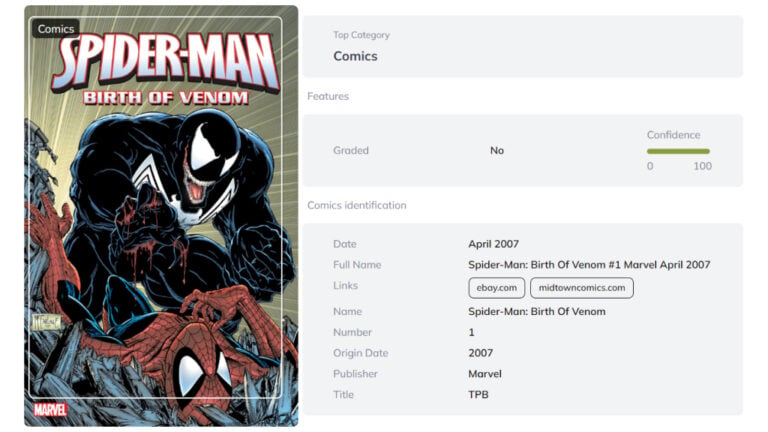
Discover the latest AI tools for comic book and trading card identification, including slab label reading and automated metadata extraction.
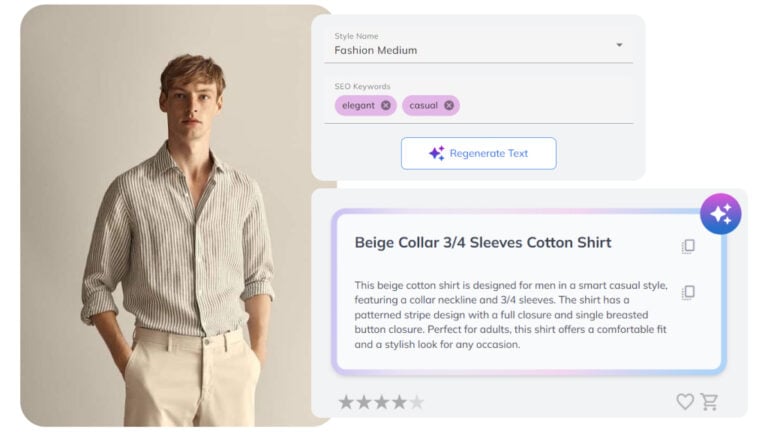
Our latest AI innovations for fashion & home include automated product descriptions, enhanced fashion tagging, and home decor search.